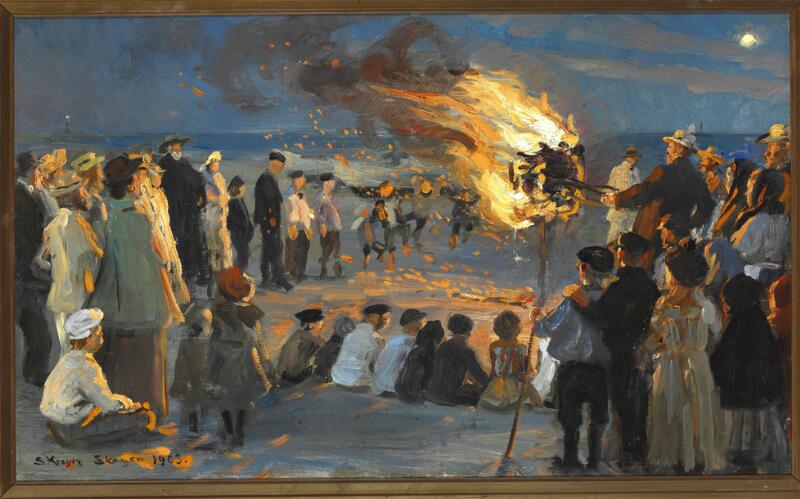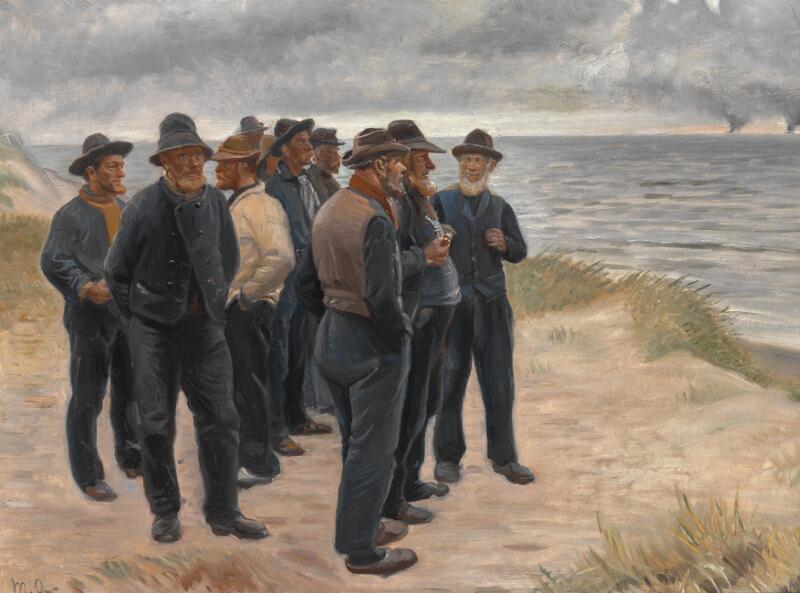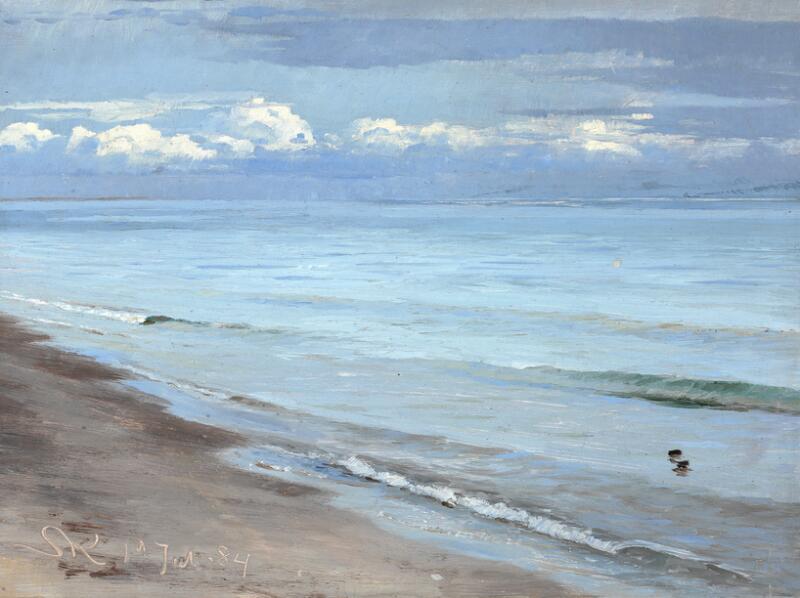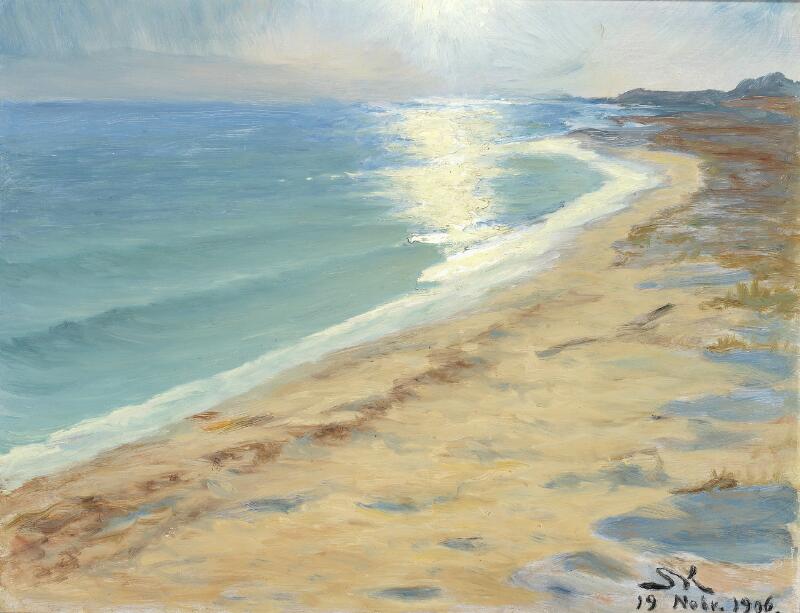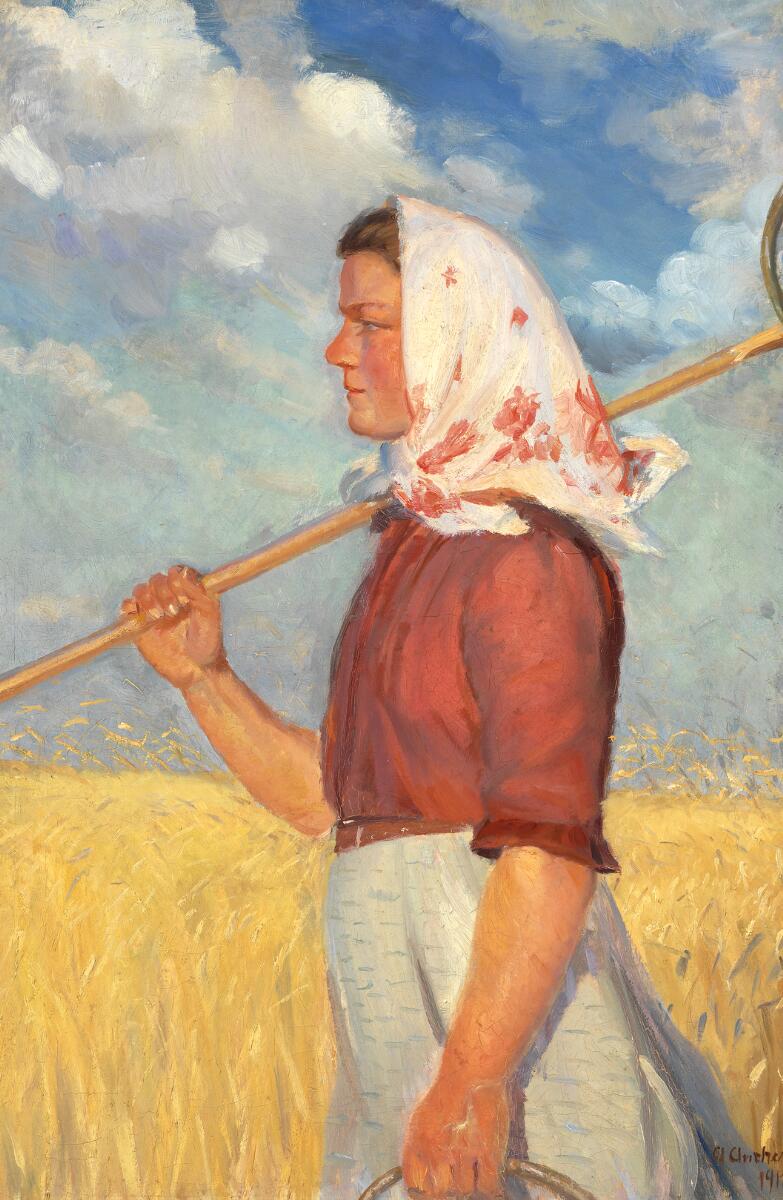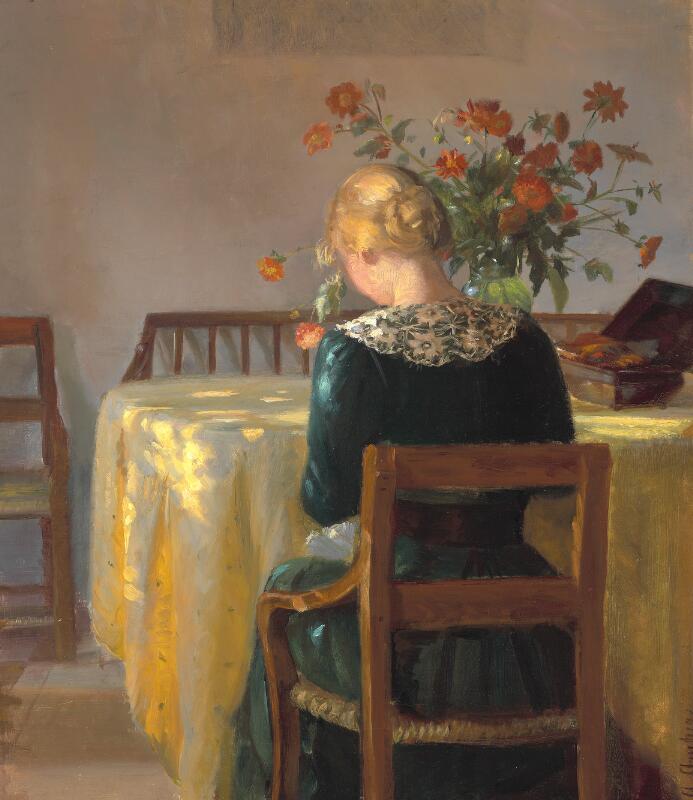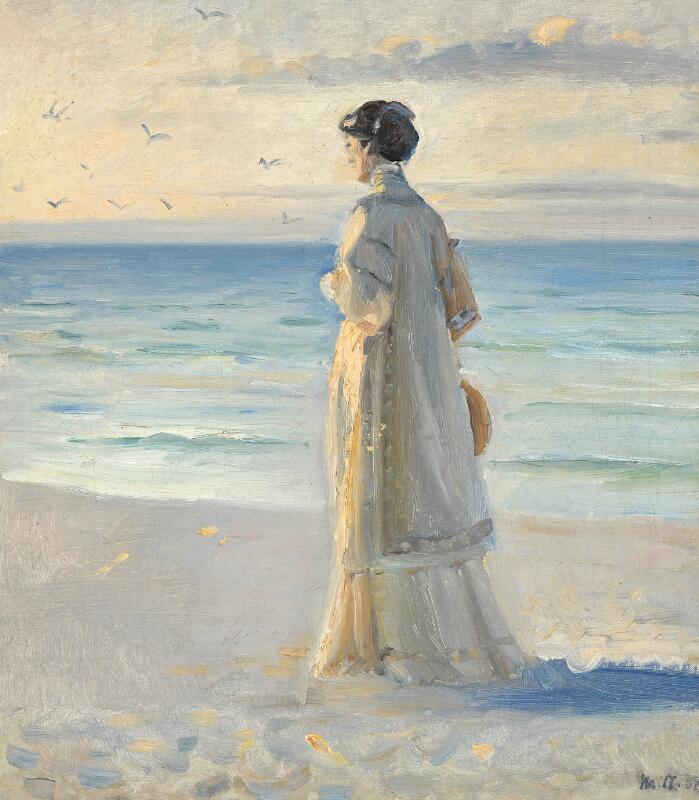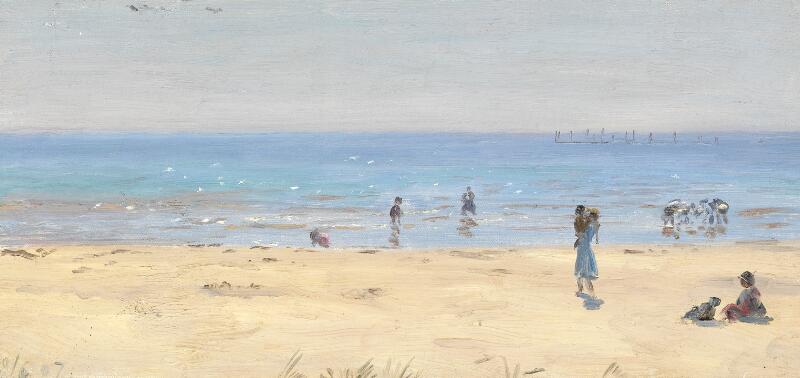Finding Light at the Edge of Denmark: the Skagen Painters
From Location to Inspiration: In a series of articles, we will look closer at some of the locations, that have provided inspiration for artists in their search for new approaches to their creative process. We begin in Skagen, where a number of the today most famous Danish painters sought to reach the northern most point of Denmark while carrying some of the most central art themes of the time with them. The combination became groundbreaking for Danish art.
Why do you go to places, where no one has been before? Certainly to find something new, but perhaps also to find your way ’home’. The journey to Skagen, which at the time was quite laborious, is an important part of the story about the group of artists which we today know as the Skagen Painters.
Julie Arendse Voss, Head of Bruun Rasmussen's Department of Fine Art.
Bringing Ideas of a Central Movement to the Middle of Nowhere
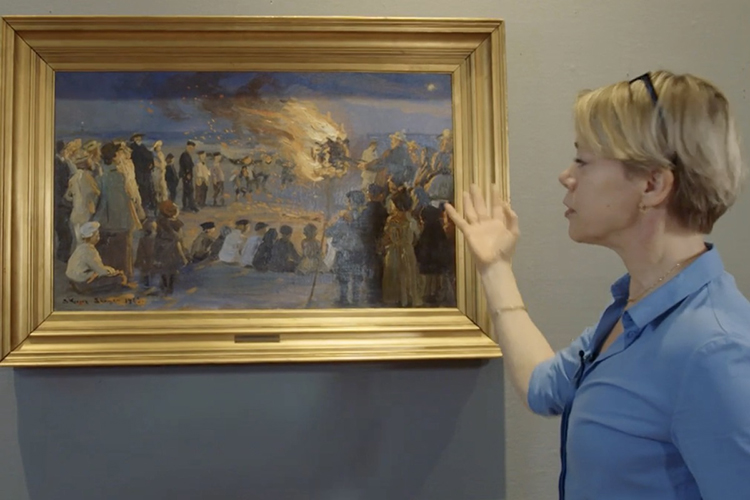
|
|
As head of Bruun Rasmussen’s Department of Fine Art, Julie Arendse Voss has often taken a closer look at works by the Skagen Painters from the previous turn of the century, such as Peder Severin Krøyer, Holger Drachmann, Laurits Tuxen, the Norwegians Christian Krohg and Frits Thaulow, the Swede Oscar Björck, as well as Viggo Johansen, Anna Ancher, Michael Ancher and many more. Their art often carries small tokens of the place they were made, including small grains of sand hidden in the paint. |
It was not easy getting there – first you had to take a steamship, then the postal coach and finally the last stretch sitting on an wobbly horse carriage. They wanted to make it all the way to the edge of Denmark – to a place no one except the locals themselves really knew about at this time. But the journey that Ancher, Krøyer and the other painters embarked on within the country's borders was a trend at the time, where the French painters journeyed out to small fishing hamlets along the coast of Brittany to find motifs.
Julie Arendse Voss, Head of Bruun Rasmussen's Department of Fine Art.
|
|
|
It was not only the remote national destinations that the Skagen painters were inspired by from France. The Danish artists also drew on some of the most important artistic movements of the time with French Realism and Naturalism. |
One of the most interesting things about the Skagen painters is that they represent the Modern Breakthrough in Danish painting, which they brought to Denmark from France in the late 1800s. The Modern Breakthrough depicts both the busy city life as well as the slightly quieter but often harsh life in the countryside – here Romanticism has given way to Realism. The Skagen painters became the clearest representatives of these new key ideas, and the artists' colony they established gained colossal artistic importance and influenced the generations after.
Julie Arendse Voss, Head of Bruun Rasmussen's Department of Fine Art.
The Main Motif was SunlightIn 1872 Holger Drachmann had his first visit to Skagen. In 1879 Michael Ancher, Frits Thaulow and Karl Madsen followed in Drachmann's steps, as some of the first artsits to visit Skagen, and in this way they came to represent the vanguard of what would later become an entire 'colony'. In 1882, perhaps the best-known artist of the group, Peder Severin Krøyer, visited the place at the invitation of Michael Ancher. |
|
|
|
|
Krøyer is indisputably our best-known artist at this point in time – the fact that he goes to Skagen changes the meaning of the place. It goes from being a quiet artistic movement to gaining traction and attention. But Krøyer’s arrival also causes friction within, where Michael Ancher acknowledges, but is also a little annoyed that Krøyer takes over his circle of motifs – and in some ways refines it with methods such as a more impressionistic approach to light and brushstrokes. This approach helps create the well-known beach images with tall skies and the bluish tinge in the colours. Where Ancher remains a little stuck with the traditional figure painting, Krøyer brings in a new palette, and it becomes light and airy. The main motif was the sunlight.
Julie Arendse Voss, Head of Bruun Rasmussen's Department of Fine Art.
|
|
Art, Love and the ColonyHowever, the artists were not only influenced by wind and weather in their enthusiasm for Skagen. Love should also be included in the equation. Several of the artists ended up marrying local women they met in Skagen. Particularly well-known is the marriage between Michael and Anna Ancher, which first began as a friendship but grew through an exchange of letters. The awareness of the place thus remained in the minds of the artists, even when they left the place after the first visits. At the same time, the artists also influenced the small and closed society. The need that the artists had for a freer form of life and a freer art ended up attracting non-artistic people and over time more and more tourists arrived – which also made the journey to Skagen somewhat easier for everyone. |
|
|
|
|
|
|
The Skagen Painters Today
To this day, Peder Severin Krøyer is still one of Denmark's most popular artists. After Vilhelm Hammershøi and Asger Jorn, Krøyer is the most expensive Danish artist at our auctions, and there is also interest found abroad, where a large exhibition in Paris at the Museé Marmottan Monet in 2021 generated extensive buzz.
At the same time, several layers have been added to the story about Skagen, where i.a. Anna Ancher has received greater attention for her art and the challenges a female artist faced at the turn of the previous century. And the international guests, such as the artist couple Marianne and Adrian Stokes, also make the project larger than an exclusively Danish/Scandinavian affair. At Bruun Rasmussen we often present works from the colony on the ‘edge of Denmark’, and if you look carefully, you can still glimpse in several of the works the glimmer of a grain of sand from the beaches where Krøyer and the others left their mark while trying to capture their motifs.
For further information, please contact:
|
|
Julie Arendse VossJulie Arendse VossHead of department / 19th Century & Old Master Paintings / København |
